Quitting smoking can be extremely challenging, both physically and mentally. Many smokers turn to vaping as a potentially less harmful alternative. However, what happens when you quit smoking and start vaping involves a complex set of changes and symptoms that vary by individual.
This guide covers key details about swapping traditional cigarettes for vapor devices. Learn the difference between vaping and smoking, what improvements happen, what withdrawal effects you may face, how vaping impacts health compared to smoking, and recommendations during the transition. When you inquire “What happens when you quit smoking and start vaping?“, understand the timeline comprises physical, mental, and lifestyle adaptations as your body and brain rewire pathways.
What is the Difference Between Vaping and Smoking?
Before we continue our journey of knowing what happens when you quit smoking and start vaping. A common question facing people deciding whether to quit traditional smoking is: what is the difference between vaping and smoking? Several key contrasts emerge:
1. Smoke Versus Vapor
Cigarettes burn tobacco creating thick, harsh smoke laced with combustion compounds to inhale, causing substantial illnesses. Vaping avoids burning, using battery-powered heating elements instead, to aerosolize e-liquid solutions into smooth, easily absorbed vapor.
2. Combustion Chemicals
Over 7000 different chemicals form through cigarette burning, including dozens of carcinogens. This smoke gets directly inhaled into the lungs. Vaping avoids almost all smoking’s toxins through vaporization without combustion elements.
3. Smell and Sensory Experience
Smokers often don’t notice the persistent smell that attaches to hair, clothes, and environments. Vaping produces dramatically less lingering odors. Flavor varieties also enable more sensorial enjoyment.
Since you already know the difference between vaping and smoking cigarettes. So, let’s dive into our next question why consider switching from smoking to vaping?
Why Consider Switching from Smoking to Vaping
Before examining what happens when you quit smoking and start vaping, understanding why vapor devices emerge as popular cigarette alternatives helps set the context.
Perceived as Less Harmful
Public Health England’s 2015 independent review found e-cigarettes are around 95% less harmful than smoking as they avoid tobacco combustion. Without burning chemicals, vaping provides nicotine without most of the smoking’s dangerous byproducts.
This massive risk differential makes switching compelling for trying to quit smoking. However additional long-term vaping research remains in progress.
Customization and Flavors
Vape devices allow customizing nicotine levels, PG/VG ratios, wattages, and airflow for personalized experiences that cigarettes lack. Thousands of unique e-juice flavors also maintain enjoyment that non-flavored tobacco prohibits.
Similar Experience
Inhaling/exhaling vapor shares similarities with smoking traditional cigarettes including throat hit sensory familiarity. This facilitates an easier transition for smokers through comparable actions.
As scientific consensus emerges that vaping proves significantly less dangerous than smoking when used properly by informed adults, swapping traditional tobacco for electronic alternatives garners consideration – hence the importance of understanding what happens when you quit smoking and start vaping.
The Vaping Transition Process and Timeline
When curious smokers ask “What happens when you quit smoking?” regarding shifting to vaping, the multifaceted experience means answers vary. But common phases emerge on what happens when you quit smoking and start vaping.
The First 1-4 Weeks of Quitting Smoking & Start Vaping
Early vaping adaptation challenges come from breaking ingrained habitual smoking triggers. Oral fixation and finger-to-mouth muscle memory die hard. Additionally, finding optimal nicotine levels takes trial and error when identifying which e-liquid strengths minimize cravings without overdosing.
Furthermore, the body adjusts to functioning without combusted tobacco and tar. As lungs and arteries begin clearing residues, withdrawal symptoms manifest and subside intermittently including anxiety, insomnia, irritability, restlessness, and difficulty concentrating. Appetite flux, fatigue, coughing, headaches, and constipation also arise.
Mentally, be prepared for temporary obsessions around wanting to smoke again as your brain chemistry regulates. Cravings come in unexpected waves. Allow yourself grace knowing symptoms peak within 2-3 weeks.
1-3 Months Afterward
This phase brings reduced frequency and intensity of urges and negative effects. Learned vaping practices allow better satisfaction as the worst withdrawals pass. Benefits like improved breathing, enhanced senses of taste/smell, and feeling more energetic emerge too.
However, don’t underestimate sporadic strong cravings – often triggered by stress, alcohol, or old smoking cues – which may strike less predictably during this period, albeit briefly. Have backup nicotine sources handy just in case while the last residues leave your body.
Beyond 3 Months of Quitting Smoking & Start Vaping
After a quarter year, new vaping habits solidify while smoking desires continue declining through newly wired neuro pathways. Vaping’s advantages feel obvious as health improvements like circulation enhancement, skin changes, stabilized blood pressure, and easier breathing compound.
However, the real test remains avoiding “just one” cigarette when extreme situations hit, which can resurrect full addictions. Have contingency plans for stress, drinking, or being around smokers. Also, try decreasing nicotine concentrations slowly now to avoid future dependences.
While the exact timeline varies between individuals, know that swapping smoking for vaping triggers an adjustment journey. Monitoring progress through a journal can help identify when milestones pass.
Changes and Symptoms When Switching
Beyond the transition timeline, drilling deeper into what happens when you quit smoking and start vaping reveals both temporary and lasting modifications from ending cigarette use in favor of vaping.
Nicotine Withdrawal Symptoms
Cessation of daily nicotine intake, which averages 100-200 times for pack-per-day smokers, creates dependence withdrawal as receptors adjust. Symptoms from prior addictions continue manifesting while new nicotine habits form around vaping instead of smoking.
This nervous system recalibration lasts weeks to months provoking cravings. Side effects include mood disturbances, attention challenges, appetite shifts, digestion issues, fatigue, and coughing. Know these reflect healing and dissipate over time through vaping consistency. However, do consult doctors for persisting or extreme symptoms.
Improved Breathing and Lung Function
One question pondering “What happens when you quit smoking?” seeks insights on breathing changes. Within 48 hours after the last cigarette is smoked, lung capacity increases as bronchial tubes relax. Oxygen flow efficiency to the blood also improves quickly.
These enhancements allow easier physical activity, clearer breathing, and reduced coughing. However, exact timelines around maximized lung capacity vary due to factors like aging. Yet switching earlier optimizes healing – lung cells regrow when freed from tobacco combustion chemicals.
Restored Taste and Smell
Another major change when transitioning regards rediscovering muted senses. When smoking damages nearly 5 million olfactory cells and 10 million taste buds, flavors and aromas fade. Few realize how anesthesia-like effects infiltrate food enjoyment.
Within days or weeks of ending smoking, smell sensitivity dramatically improves to reawaken joy from fragrances and tastes. Trying new e-juice flavors also avoids the monotony of tobacco. This refined sensory world sparks inspiration.
Other Health Changes
The path ahead of quitting smoking also holds cardiovascular transformations like circulation system improvements, stabilized blood pressure, and increasing energy through higher oxygenation plus reversal of carbon monoxide presence. Vitamin retention and immune system competence also rise.
Furthermore, non-visible effects like enhanced fertility, sexual performance, skin clarity, UV exposure skin mutation resistance, and muscle endurance grow over time after cessation. Think holistically regarding wellness benefits beyond immediate smoking withdrawals.
Mindset Shifts When You Quit Smoking and Start Vaping
Mentally transitioning from smoker to vaper involves rethinking identity attachments, ritual assumptions, and emotional reflexes associated with decades of tobacco usage. At first, this unease around rewriting mental narratives generates doubt despite understanding the benefits of vaping. Allow adjustments time.
See the discomforts faced when trying to quit smoking as necessary for profound rewards ahead. Be patient with your former self while welcoming growth – and know you go through this so fewer loved ones endure passive smoking too. The journey brings gifts through presence.
Health Considerations Around Vaping VS Smoking
When facing “what happens when you quit smoking and start vaping?” another natural question asks how vape devices compare health-wise to traditional smoking regarding effects on the body. Current research indicates:
Reduced Toxin Exposure
Both cigarettes and vapor contain nicotine addiction risks. However, cigarettes additionally include over 7000 combustion chemicals from tobacco smoke leading to cancer, lung/heart disease, and death at exponential rates higher than vaping.
So while long-term vaping effects require further studies, evidence overwhelmingly shows critical toxin reductions – around 95% less. This means far lower risks of numerous smoking diseases.
No Exposure to Tar
When tobacco burns, thick tar coats the lungs, causing chronic obstructions and often emphysema plus higher infection rates and asthma complications. Tar also sticks to teeth leading to gum disease. Vaping avoids tar completely through water vaporization instead of combustion.
Increased Blood Oxygenation
Carbon monoxide from cigarettes replaces oxygen molecules carried by red blood cells, vastly reducing delivery efficiency throughout the body for up to 24 hours. This leads to tissue damage over time. Nicotine vaping lacks combustion and gases.
Through avoiding exposure to huge swathes of carcinogens and chemicals proven to manifest critical illness in smokers, e-cigarettes provide nicotine without overwhelming evidence of equivalent severe risks associated with tobacco usage. This positions vaping with vastly fewer downsides.
However risks around chronic nicotine usage, hypersensitivity reactions, burnt wick byproducts, flavoring agents and improper device handling necessitate emphasizing safety best practices for those trying to quit smoking through this reduced harm pathway.
Recommendations for New Vapers Transitioning
Navigating early uncertainties around what happens when you quit smoking and start vaping raises understandable concerns. Following key suggestions helps smooth changes.
Start Slow and Low
On your journey of what happens when you quit smoking and start vaping make sure to be easy and start slow. When picking initial device settings and e-liquid strengths, start weaker than expected – around 6-12mg nicotine levels. You can always vape more to compensate for missed throat hits or cravings during the switching process without overdosing side effects.
Stay Hydrated
Drink extra water before/after vaping to avoid dehydration and thinning e-liquid viscosity. Throat/mouth dryness remains a temporary adjustment. Keep water handy always.
Monitor Withdrawals
Log symptoms and changes daily while transitioning. This identifies patterns around nicotine withdrawal timelines, highlights improvements, and provides accountability if cravings increase. It also supplies helpful records for doctors.
Address Root Causes
Note emotional or situational triggers increase smoking desires like stressful events or social gatherings involving alcohol. Develop plans to manage these contexts without relapses as lifestyle factors greatly sway the success probabilities of quitting cigarettes. Changing ingrained routines proves challenging.
Have Backup Supplies
Keep additional e-liquid flavors, batteries, mods, or disposables handy knowing intense vaping phases arise. You don’t want to risk reverting back to smoking due to avoidable limitations. Be prepared supply-wise, especially around known smoking triggers.
Embrace patience with yourself and the process when adjusting towards vaping and less harmful choices. Celebrate each victory while finding customized solutions.
Conclusion on What Happens When You Quit Smoking and Start Vaping
Remembering “What happens when you quit smoking and start vaping?” evidences considerable toxic exposure removal and lung healing when transitioning to vaping’s vapor medium from traditional cigarettes.
Although quitting smoking means enduring early struggles from breaking long-held nicotine and habitual addictions, opening fresh doors exists ahead for greater vibrancy, clarity, and presence after adjusting to this vaping alternative.
While some health effects of vaping require further research, its overwhelmingly safer toxin profile compared to proven smoking destruction enables much brighter futures for those who endure the short-term battle to swap to smoke-free options.
Ending cigarette usage marks challenging yet rewarding first steps into the light. Have hope and patience transitioning to cleaner alternatives. The future ahead shines brighter without tobacco’s contamination.
Hope you loved reading this article on what happens when you quit smoking and start vaping. If you have any further questions or you like reading this article make sure to comment below about your experience. Although, for some people quitting smoking can be really tough, yes switching to cigarette alternatives like vaping can help in avoiding severe health damages from prolonged cigarette smoking.
Also Read: 7 Amazing Health Benefits of an Ice Bath: Tips & More on Cold Plunge
FAQs: What Happens When You Quit Smoking and Start Vaping
Here are some frequently asked questions on what happens when you quit smoking and start vaping that you might be willing to find an answer to.
What are the main steps in the process when you switch from smoking to vaping?
The timeline “What happens when you quit smoking and start vaping” has a few phases. In the first 1-4 weeks, you’ll deal with breaking habitual smoking triggers and managing nicotine withdrawal symptoms. After up to 3 months, cravings and symptoms continue improving as the body adapts to vaping instead of smoking.
What are some short-term “benefits of vaping” compared to smoking cigarettes?
Some early “benefits of vaping“ felt when transitioning include improved breathing and lung capacity as bronchial function increases, restored taste and smell senses as vape flavors become more noticeable, and avoiding exposure to the thousands of chemicals created by cigarette combustion.
What are some long-term “effects of vaping” compared to smoking?
While ongoing research continues into the long-term “effects of vaping”, current evidence overwhelmingly shows vaping generates far lower toxin exposure and subsequent disease risks compared to traditional cigarette smoking, which shortens life span or life expectancy by 10 years on average.
How many puffs of a vape is equal to a cigarette?
Roughly 200 puffs from a vape equals the nicotine amount of a traditional cigarette. However, vape usage varies widely based on device power, e-liquid nicotine concentration, and an individual’s smoking history. Checking nicotine levels helps prevent over-consumption when transitioning.
What are the most effective ways to deal with nicotine withdrawal when quitting smoking?
Some of the most effective ways to manage nicotine withdrawal symptoms after quitting smoking cigarettes include using lower nicotine vape juices to gradually wean dependence, staying hydrated to offset dehydration effects, avoiding alcohol triggers during early stages to prevent relapses, and distracting craving onset with vape flavors.
Do you need to slowly ramp down cigarettes when switching to vaping at first?
Health organizations actually recommend completely stopping smoking as soon as possible when beginning vaping to prevent prolonged dual usage. Continuing to smoke while starting vaping extends exposure to cigarette toxins and makes quitting ultimately more difficult due to divided dependence.
Can vaping have negative health effects comparable to smoking long-term?
While ongoing research continues, current evidence shows vaping poses substantially lower risks than smoking, avoiding over 7,000 cigarette toxins and 60 known carcinogens inhaled through combustion. Nicotine risks persist, however vaping eliminates vast swathes of chemicals tied to smoking’s cancer, lung disease, and death rates when used properly.
Can I vape indoors?
Laws and policies around vaping indoors vary greatly depending on regional and local regulations. Over 25 US states prohibit vaping in workplaces, restaurants, and bars with smoke-free laws also covering e-cigarettes. Other states allow indoor vaping unless specifically banned by establishments.
In general, vaping indoors remains a gray area lacking consensus. While vapor quickly dissipates without lingering residual smells compared to smoking, many prefer avoiding second-hand vapor exposure when possible out of safety precaution and social courtesy until long-term second-hand effects are conclusively studied.
When vaping inside, minimize exhaled clouds around others through held breath techniques. Get familiar with state and local e-cigarette policies beforehand. If vaping indoors, ask permission first in private establishments, and don’t assume it aligns with smoking policies due to differing health evidence. As understanding evolves, be adaptive around potential bans.
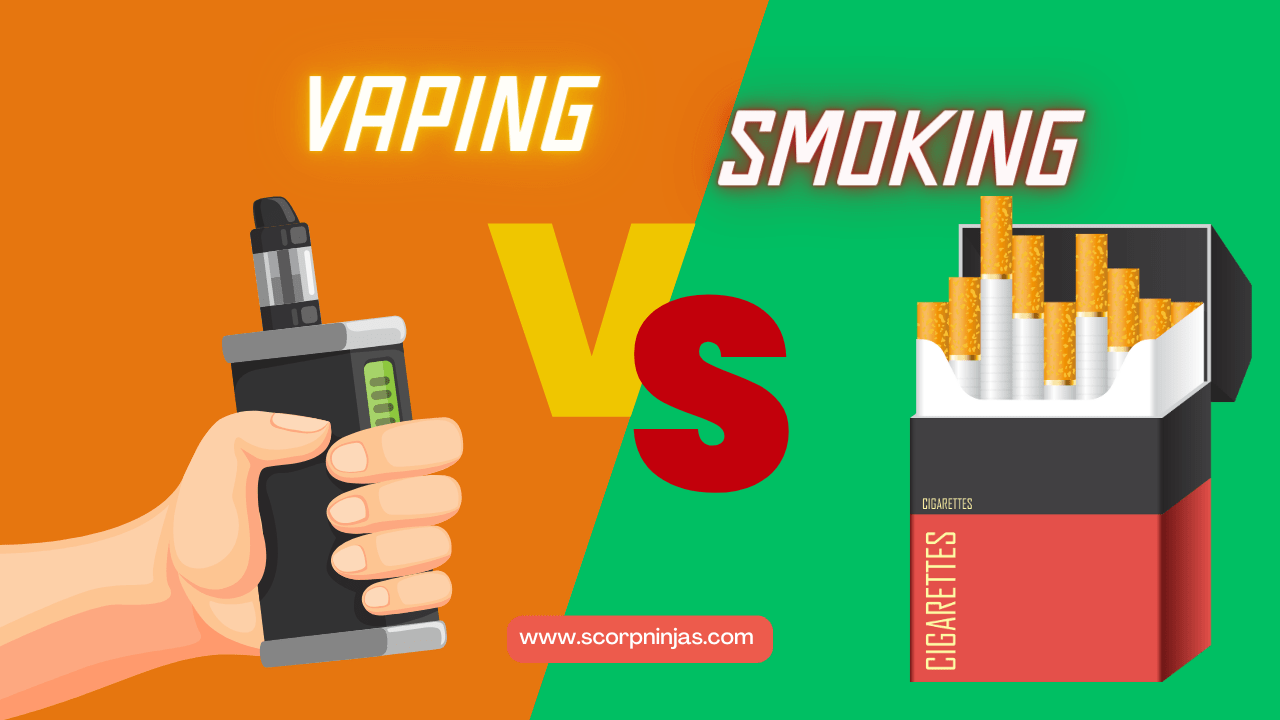
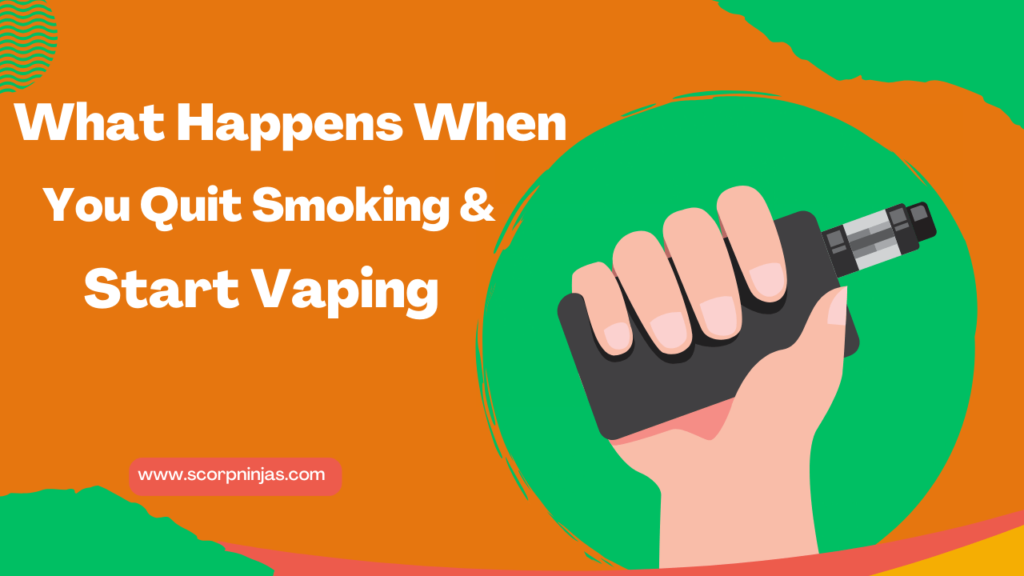
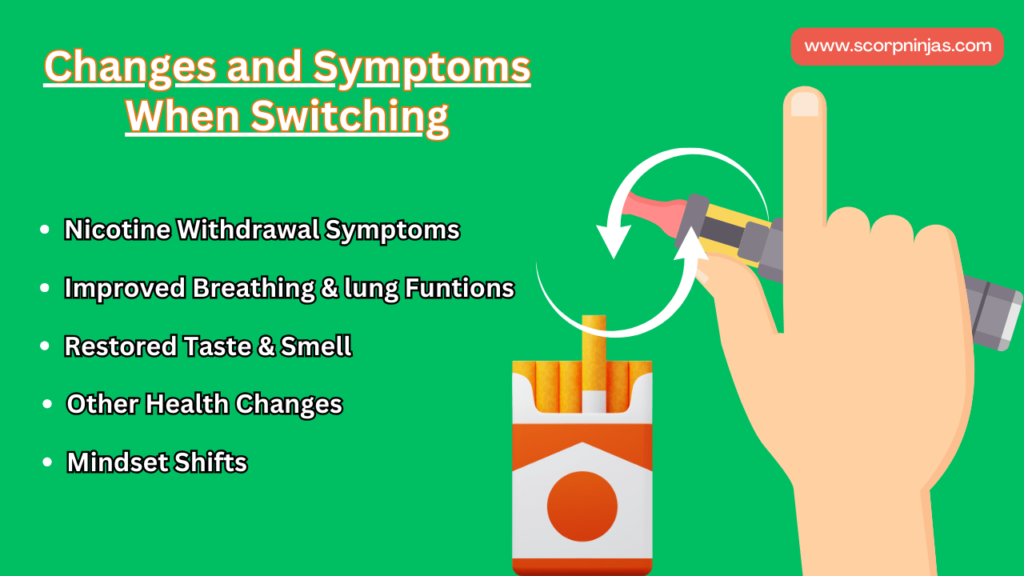
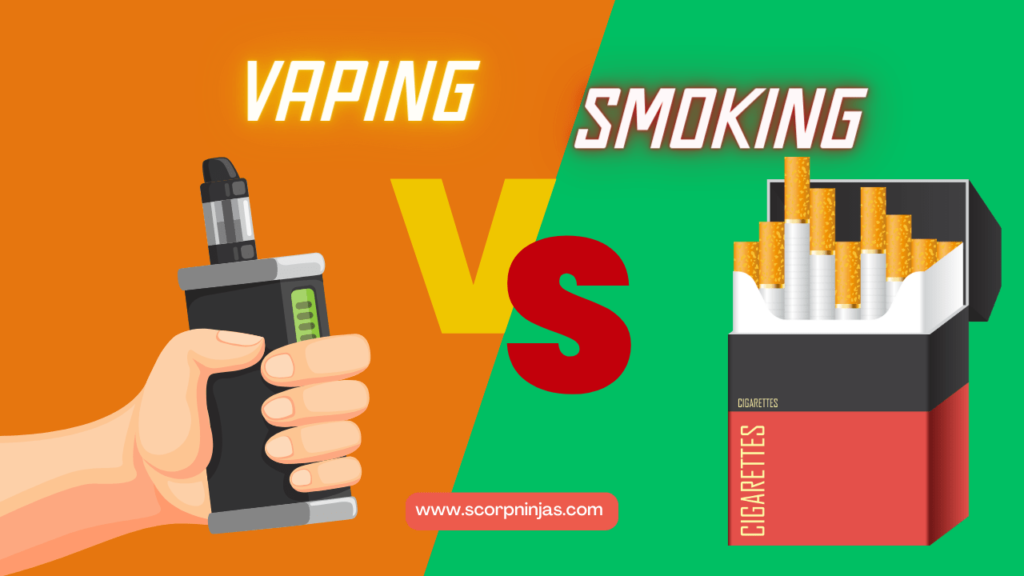

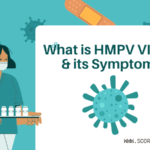



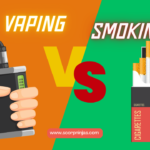




I like this web site very much, Its a rattling nice
office to read and receive info.Expand blog
Thanks for sharing. I read many of your blog posts, cool, your blog is very good.